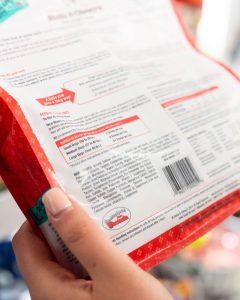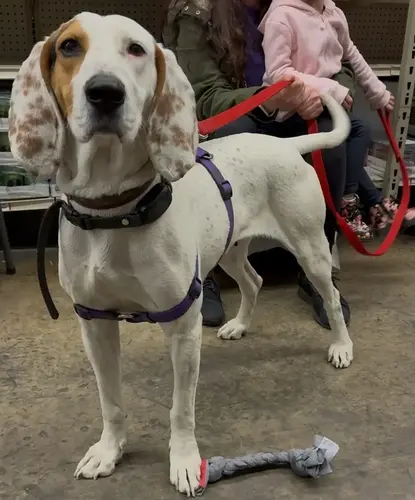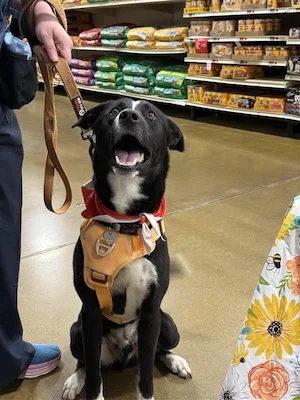The Real Cost of Dog Food
Giving your dog the best life possible requires a lot of love, time, money, and most essentially, dog food. When it comes to buying dog food however, many dog owners are more concerned about the price over the quality. But often low-cost food means lower-quality ingredients.
In the short term, spending more on your dog’s food may be a burden on your wallet, but it will be better for your dog’s health and your bank balance in the long run. Just think of all those vet bills you may avoid just by giving your dog better ingredients in their food. Much like our diets, the better-quality ingredients we eat, the more likely we are to be healthier inside and out! So, what exactly makes some dog foods more expensive than others?
When it comes to dog food, you get what you pay for
When you next go to your local pet food store, check out the ingredients found in the higher priced examples. You will likely find that these dog foods are filled with essential proteins, fats, vitamins and minerals. These ingredients are a lot harder to source than other ingredients normally found in cheaper alternatives.
Cheaper dog foods normally contain high amounts of grains and other fillers which are easier and cheaper to source. However, there is some evidence to suggest that these grains are shortening your dog’s life and will deteriorate their health at an earlier age.
 Formulating high quality dog food recipes needs expertise
Formulating high quality dog food recipes needs expertise
Unlike human food, dog foods can be extremely complex to make. Many nutritional requirements need to be met to achieve the desired quality. It needs to have a certain amount of protein, fats, vitamins and minerals to be considered a healthy diet.
Puppies require a diet rich in protein and fat to support their rapid growth, while adult dogs benefit from a balanced mix of proteins, fats, carbohydrates, vitamins, and minerals to maintain optimal body condition. Senior dogs may require special formulations to support joint health and manage potential age-related issues. Protein sources, such as meat and fish, should be high-quality and easily digestible. Additionally, a good dog food should contain appropriate levels of essential fatty acids, like omega-3 and omega-6, for skin and coat health. Avoiding fillers, artificial additives, and excessive amounts of preservatives is important.
These dog foods need to be therefore created by dog food experts – and these come at a high cost to the pet food brands.
 Ingredients in dog food you should avoid
Ingredients in dog food you should avoid
There are so many pesky ingredients which often make their way into dog kibble, so it pays to do your research and read the ingredients list.
Firstly, artificial preservatives such as BHA (butylated hydroxyanisole) and BHT (butylated hydroxytoluene) should be avoided, as they have been linked to potential health concerns. Corn syrup and other high-sugar additives can contribute to obesity and dental issues in dogs. Artificial colors and flavors offer no nutritional value and may cause sensitivities or allergies. Rendered fat and meat by-products, generic terms for low-quality animal parts, should be replaced with named meat sources like chicken or beef to guarantee higher protein quality. Grains like wheat and soy can be challenging for some dogs to digest, leading to potential allergies or sensitivities. Finally, excessive salt content should be avoided, as it can contribute to health problems like heart disease and high blood pressure.
 Your annual cost for dog food
Your annual cost for dog food
With all the variables that can affect how much you spend on dog food (i.e. raw vs kibble, age, size, breed), it can be hard to generate an annual cost. However, a typical lower quality dog food costs in the range of $30 – $75. Given you spend the average of $50 a month for a bag of dog food, you should budget for around $600 a year.
Quality dog foods on the other hand can range from $150 to $300. The average monthly spend would be around $225, meaning an annual spend of around $2700.
It’s always important to remember that dogs need a good balanced diet, just like we do. Feeding your pup low-quality food is more likely to encourage or promote certain health conditions further down in their life. Buying a slightly more expensive food for your dog is an investment that will pay off in the long run. To find out more about the ingredients in dog food, check out your local The Dog Stop® location.







